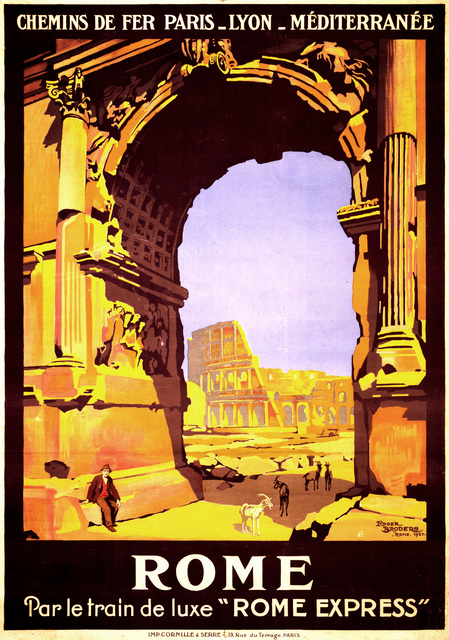Archaeology as a Rhetorical Tool
We might not think of physical spaces as propaganda at first. The initial images might bring to mind pamphlets or speeches, which were well used by those with an agenda to spread. However, when you are relying on the greatness of the ancient Roman Empire as the driving force to invigorate the populace, what would be easier than demonstrating that greatness through the structures that they have left behind?
Mussolini directed the excavation of a wealth of monuments in Italy that are now must-see tourist sites. During his time, places like the Coliseum or the Imperial Forum could serve as rhetorical devices that could appeal to varied audiences. For the Italian people, the excavation of these sites denoted a return to the prosperity of the past while demonstrating the might of fascists. For those aboard, it reasserted Italy's place in history and could subtly extend a cultural ideology.
You can ignore a poster, but it is difficult to ignore a 157ft tall building.
